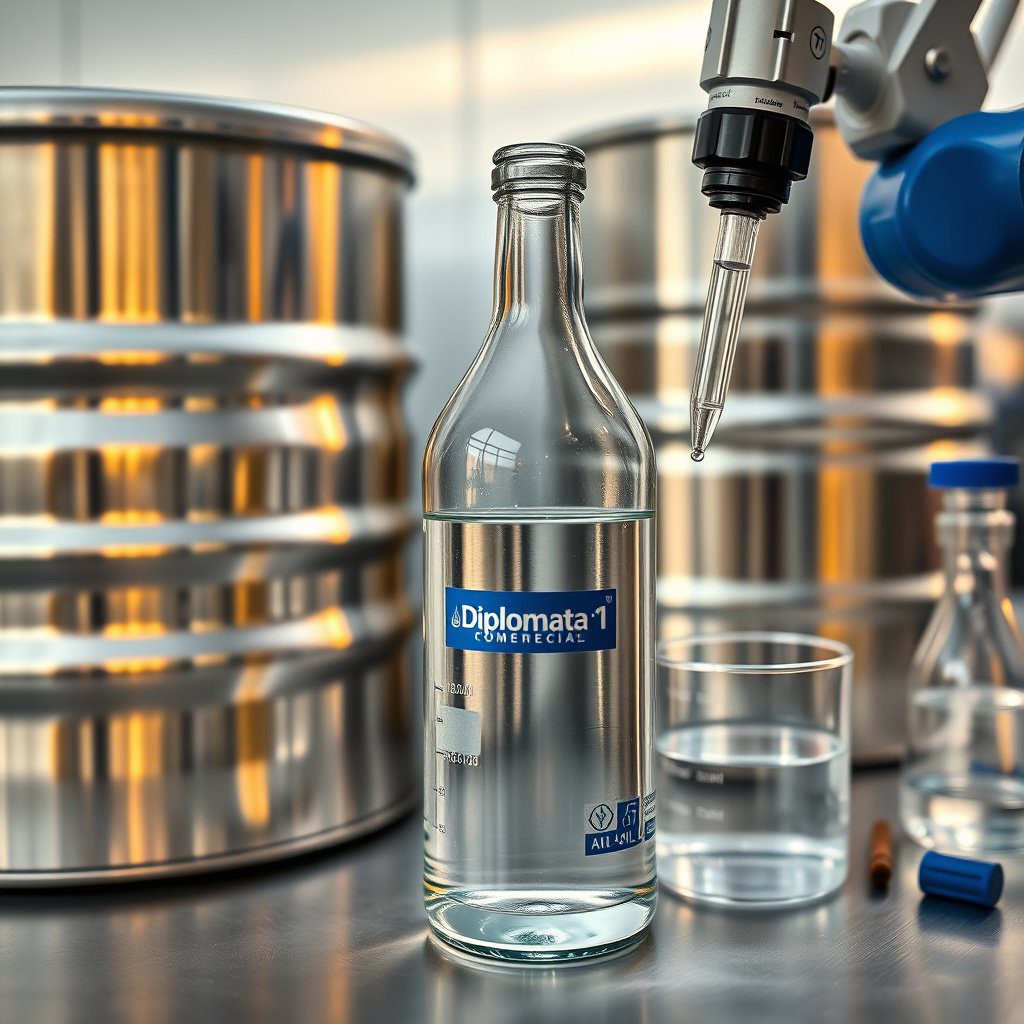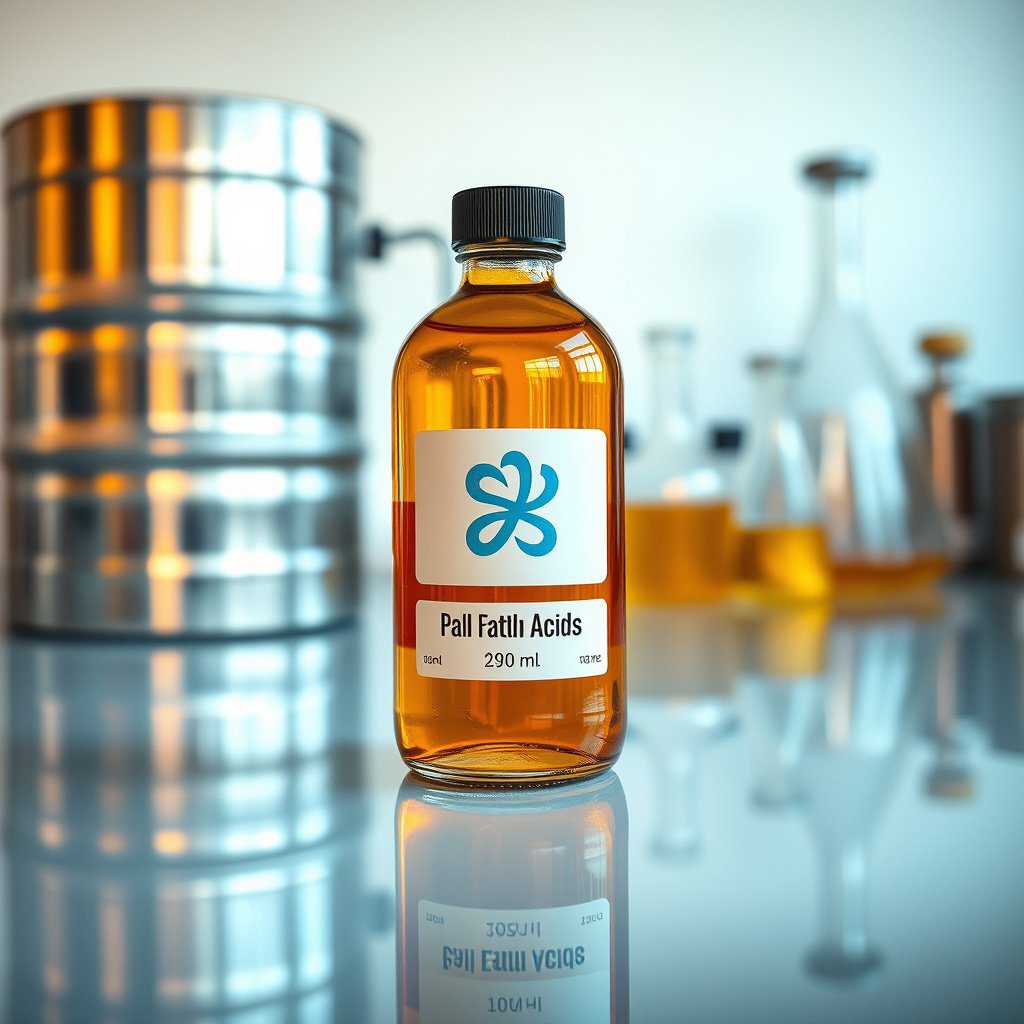Understanding Glycerin and Its Uses
Glycerin, also known as glycerol, is a colorless, odorless liquid that is sweet-tasting and non-toxic. It is widely used in various industries, particularly in the cosmetic, pharmaceutical, and food sectors, due to its excellent moisturizing properties. In the chemical industry, glycerin serves as a versatile ingredient in manufacturing, contributing to the production of soaps, lotions, and various personal care products. Understanding glycerin’s properties and applications is essential for ensuring product safety and compliance with industry standards.
Importance of Glycerin Product Safety
Glycerin product safety is paramount for manufacturers, distributors, and consumers alike. Ensuring that glycerin is free from harmful contaminants is crucial to maintaining the integrity of end products. Safety measures include rigorous testing and quality control to prevent the introduction of impurities that could pose health risks. Adhering to safety regulations not only protects consumers but also enhances the reputation of companies like Diplomata, which prioritize quality in their crude glycerin offerings.
Regulatory Standards for Glycerin
In the United States, glycerin is regulated by the Food and Drug Administration (FDA) and must meet specific safety standards before it can be used in food, pharmaceuticals, or cosmetics. These regulations ensure that glycerin is produced in accordance with Good Manufacturing Practices (GMP), which include stringent hygiene and testing protocols. Understanding these regulatory frameworks is essential for businesses involved in the production and distribution of glycerin, as compliance is critical to market success.
Potential Health Risks of Glycerin
While glycerin is generally recognized as safe, potential health risks can arise from improper handling or contamination during production. Ingestion of glycerin in large quantities may lead to gastrointestinal distress, and skin contact can cause irritation in sensitive individuals. It is vital for manufacturers to be aware of these risks and implement appropriate safety measures to minimize exposure. This includes providing safety data sheets (SDS) and proper training for employees handling glycerin.
Handling and Storage of Glycerin
Proper handling and storage of glycerin are crucial for maintaining its quality and safety. Glycerin should be stored in a cool, dry place away from direct sunlight and incompatible substances. Containers must be tightly sealed to prevent contamination and evaporation. Employees must be trained on safe handling practices, including the use of personal protective equipment (PPE) when necessary. Following these guidelines helps ensure that glycerin remains safe for use in various applications.
Quality Assurance in Glycerin Production
Quality assurance is an integral part of glycerin production, involving a series of checks and evaluations to ensure that the product meets safety and quality standards. This includes raw material inspection, in-process monitoring, and final product testing. Companies like Diplomata utilize advanced laboratory techniques to analyze glycerin for purity and potency, ensuring that it meets the high standards expected by customers in the American market.
Environmental Considerations of Glycerin Production
The production of glycerin must also consider environmental impacts. Sustainable practices in glycerin manufacturing can significantly reduce the carbon footprint and minimize waste. This includes utilizing renewable resources and implementing waste management strategies. By adopting eco-friendly practices, companies can enhance their corporate social responsibility image while contributing to a safer environment.
Consumer Awareness and Education
Educating consumers about glycerin product safety is essential for building trust and ensuring informed purchasing decisions. Companies should provide clear information regarding the safety, uses, and benefits of glycerin in their products. Transparency in labeling and marketing practices can foster consumer confidence, encouraging them to choose products made with high-quality glycerin, such as those offered by Diplomata.
Future Trends in Glycerin Safety
The future of glycerin product safety will likely see advancements in technology and regulations that further enhance safety protocols. Innovations in testing methods and monitoring systems will contribute to higher standards in the industry. As demand for glycerin continues to grow, particularly in pharmaceuticals and personal care, staying ahead of safety trends will be crucial for manufacturers looking to maintain their competitive edge.


